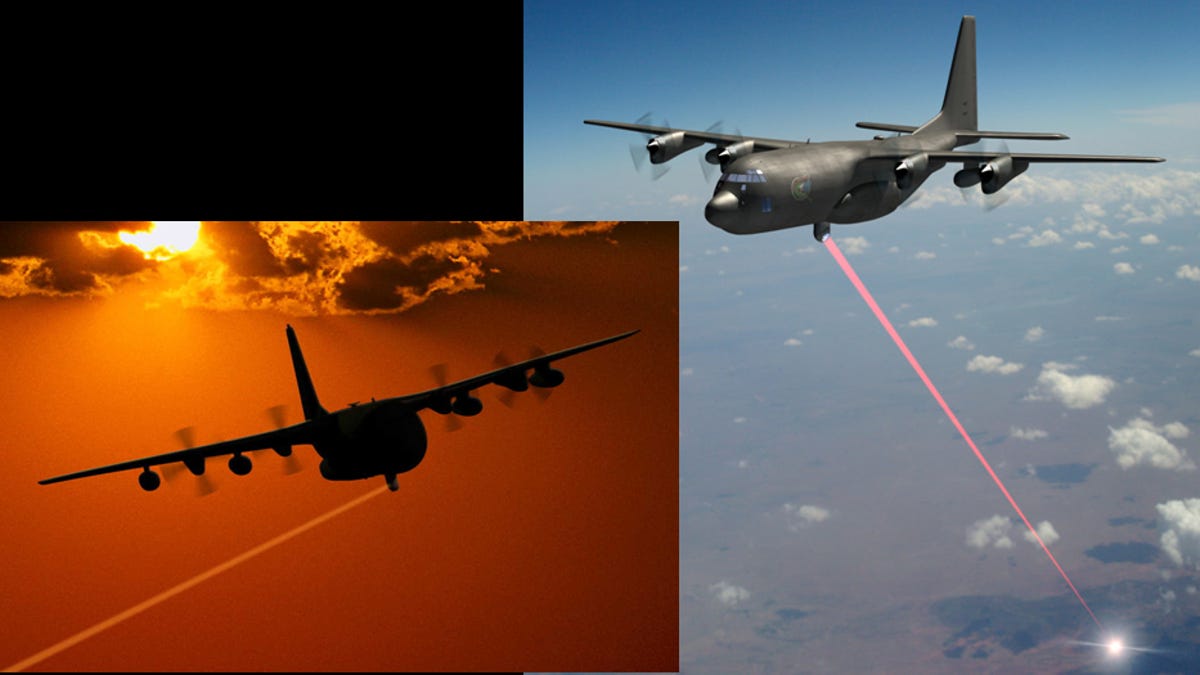Invisible airborne laser also 'deniable'
Boeing tests Advanced Tactical Laser, boasts of pinpoint accuracy.

Enemy combatants are close to feeling the heat from an airborne laser weapon called the "long-range blowtorch" and, if officials at US Air Force are right, nobody will know what hit them.
The 5.5-ton Advanced Tactical Laser (ATL) combines chlorine and hydrogen peroxide molecules to release energy that stimulates iodine into an intense infra-red, silent and invisible laser with a 20 kilometres striking range.
New Scientist reports that both Cynthia Kaiser, chief engineer of the US Air Force Research Laboratory's Directed Energy Directorate and John Corley, director of USAF's Capabilities Integration Directorate, used the phrase "plausible deniability" at industry briefings to describe one of the weapon's advantages, namely "that the US could convincingly deny any involvement with the destruction it causes".(PDF)
"The target would never know what hit them," John Pike, an analyst with defense think-tank Global Security told New Scientist. "Further, there would be no munition fragments that could be used to identify the source of the strike."
Besides the covert - plausible deniability angle, other pros to this 100KW-class high energy laser include "ultra speed of light engagement" and pinpoint accuracy, according to Boeing.(PDF)
Boeing recently tested the ATL at Kirtland Air Force Base Base N.M., firing the high-energy chemical laser through a rotating turret mounted on the belly of a Hercules C-130H. The company claims the weapons is accurate enough to pick off a vehicle's tires.
"This is a major step toward providing the ultra-precision engagement capability that the warfighter needs to dramatically reduce collateral damage," said Scott Fancher, vice president and general manager of Boeing Missile Defense Systems. A larger version that can pick an incoming ICBM out of the sky will be mounted on a Boeing 747, according to the Chicago, Illinois based company. (Video)
The U.S. Navy is seeking its own version to take out "small boat threats".